The Brooks Glycerin line is known for delivering a comfortable and stable ride over any distance, and it’s always a great option for newer runners, or anyone looking for a protective shoe.
It is not known for being a line where big updates are made to the shoe each year, so the Brooks Glycerin 22 having an all-new midsole foam is certainly a bigger change than usual. This DNA Tuned foam was also used on the Brooks Glycerin Max, and promises to bring a livelier ride to the Glycerin 22.
I found that the shoe still has a lot in common with the Brooks Glycerin 21 though, and while it will satisfy fans of past Glycerins, I’m not sure the Glycerin 22 stands out against the best running shoes. In my Brooks Glycerin 22 review I’ll compare it to other Brooks models and best cushioned shoes from other brands, like the Asics Gel-Nimbus 27 and Saucony Hurricane 24.
Brooks Glycerin 22 review: price and availability
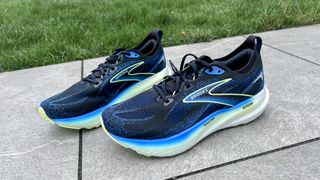
The Brooks Glycerin 22 will go on sale on 1 February 2025 and is available to pre-order now. It costs $165 in the U.S. and £165 in the U.K., putting it in line with other top cushioned shoes like the New Balance 1080v14 and Saucony Triumph 22, while being cheaper than the Brooks Glycerin Max, which is $200 / £180.
Brooks Glycerin 22 review: design and fit
The Brooks Glycerin 22 will be available in six colors at launch, including the Black/Cobalt/Neo Yellow model I tested, and along with the standard Glycerin 22 there will be a stability model available called the Glycerin GTS 22.
I found that the shoe fit me well in my normal running shoe size, which is the same size I’ve used for every model of the Glycerin to date. It also comes in three widths to accommodate wider feet.
At 10.8oz in a US men’s 10, the Glycerin 22 is lighter than some cushioned shoes, but still quite heavy if you plan on using it for faster runs. It has a 10mm drop from heel to toe, just like the previous model, whereas the Glycerin Max has a lower 6mm drop.
Upper
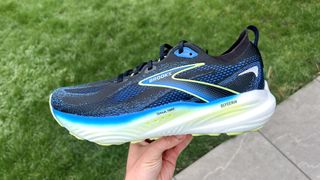
Brooks has changed the upper on the Glycerin 22, which is now an engineered Jacquard double knit which is meant to improve the fit. I never had any problems with the fit of the Glycerin 21, but the Glycerin 22’s upper is certainly comfortable, with lots of padding on the tongue and collar of the shoe.
I’ve been running in the shoe during the UK winter so can’t comment on its breathability in hot conditions, but the upper did dry quickly after one run in torrential rain where I managed to pick a route that involved running through a flooded field.
Midsole
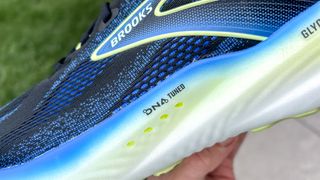
The biggest change to the Glycerin 22 is in the midsole, which is now made from the DNA Tuned foam Brooks introduced with the Glycerin Max late in 2024. This is a nitrogen-infused material and there are two different densities of the foam in the midsole, with a layer containing larger cells underneath a layer containing smaller cells
Brooks says this dual-density approach means the Glycerin 22 has a softer feel at the heel when landing, then a more responsive feel under the forefoot to give more energy return to your toe-offs.
This differs from the single-density DNA Loft v3 foam used in the Glycerin 21, and you do get a softer ride at the heel with the Glycerin 22. However, DNA Loft v3 is also a nitrogen-infused material and overall I still found the ride of the Glycerin 22 fairly similar to its predecessor.
Outsole
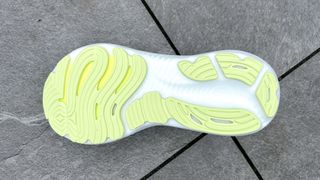
A thick layer of rubber covers most of the bottom of the Glycerin 22, with the areas of foam that are left exposed unlikely to come into contact with the ground much. The shoe has gripped well for me on several runs in icy conditions, and the rubber certainly looks built to last many hundreds of miles, with no wear showing at all so far.
Brooks Glycerin 22 review: running performance
I’ve tested every model of the Glycerin since the Brooks Glycerin 15, and I’ve liked them all. There have been many updates to the shoe over the past eight models, but some things remain the case with each of them — the Glycerin is always a very comfortable shoe with a traditional ride thanks to the high drop and lack of a big rocker shape.
That’s certainly true of the Glycerin 22. Despite the new DNA Tuned midsole foam it still feels similar to the Glycerin 21 on the run, with a comfortable and soft landing at the heel, a snappy transition onto the forefoot, where the slightly firmer feel to the foam gives you a bit of energy for your toe-off.
It’s closer in feel to the Glycerin 21 than the Glycerin Max, despite having the same foam as the latter. It’s the rocker that defines the ride of the Glycerin Max for me, giving it a smoother ride than the Glycerin 21 and 22, which slap through from heel to forefoot a bit more.
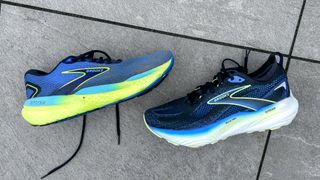
I used the Glycerin 22 for a range of daily training runs, including a 15-mile long run, and it’s certainly comfortable and protective at slower paces. It’s a shoe you can rack up a lot of miles in, and a great option for marathon training, but lacks the pace for faster sessions, partly because it’s fairly heavy.
It’s also not a particularly bouncy foam, and though it is soft at the heel you can find cushioned shoes with a more squishy feel underfoot, if that’s what you’re after, like the New Balance 1080v14 or Nike Invincible 3.
As ever with the Glycerin, the Glycerin 22 is a very good walking shoe and a great option for those spending all day on their feet thanks to its comfort and stability.
Should you buy the Brooks Glycerin 22?

The Brooks Glycerin 22 is as dependably good as you’d expect a Glycerin to be, but it’s not a big upgrade on the Glycerin 21 in my book and has the same pros and cons as that shoe as a comfortable daily trainer that lacks a bit of speed. If you can see a deal on the Glycerin 21 I’d lean towards snapping that up, even if the ride is slightly improved with the new shoe.
It does offer better value than the Glycerin Max, but I prefer the ride of the Max for long runs thanks to its pronounced rocker and higher midsole stack, especially under the forefoot, which increases its comfort. The cheaper Brooks Ghost 16 is also a good daily trainer, though less comfortable and lively than the Glycerin 22.
The market for cushioned shoes like this is very crowded, and while the Glycerin 22 is unlikely to disappoint long-term fans of the line, or really any runner who buys it for their training runs, it comes in a little behind some other shoes I’ve tested of late.
The Saucony Hurricane 24 is even more stable and comfortable, and I find it has a smoother ride than the Glycerin 22. I also found the Asics Gel-Nimbus 27 a bit smoother and I liked it more for the same kind of runs as the Glycerin.
Those seeking a nimbler, more versatile cushioned shoe should look at the New Balance 1080v14 or Asics Novablast 5, both of which are lighter and a bit more energetic underfoot than the Glycerin 22, as well as being more rockered.
More from Tom's Guide
- Best running shoes
- Best running watches
- Best carbon-plate running shoes



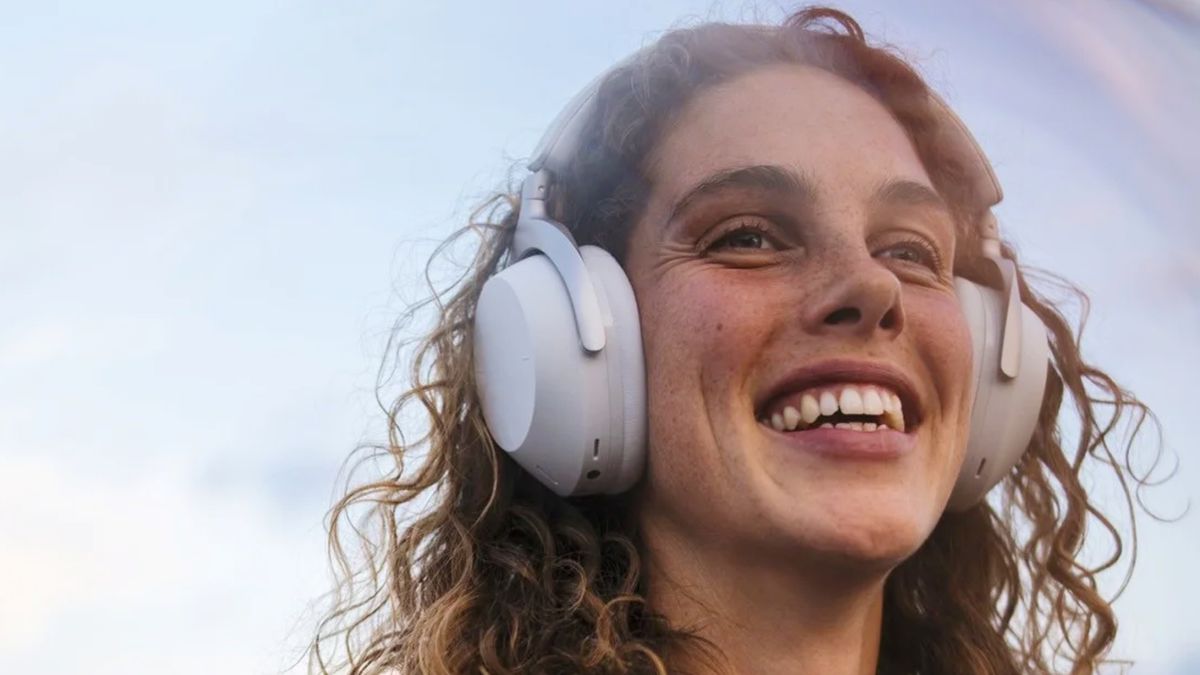

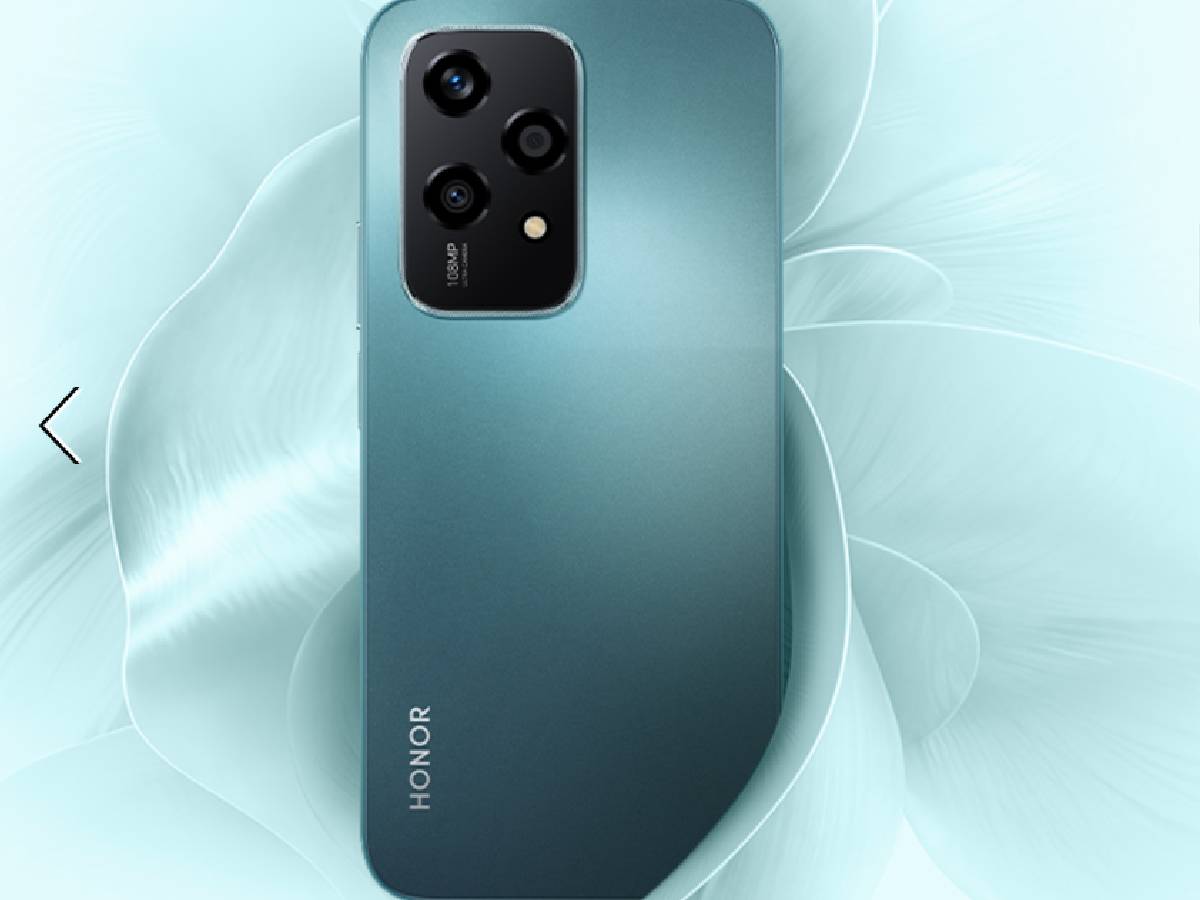

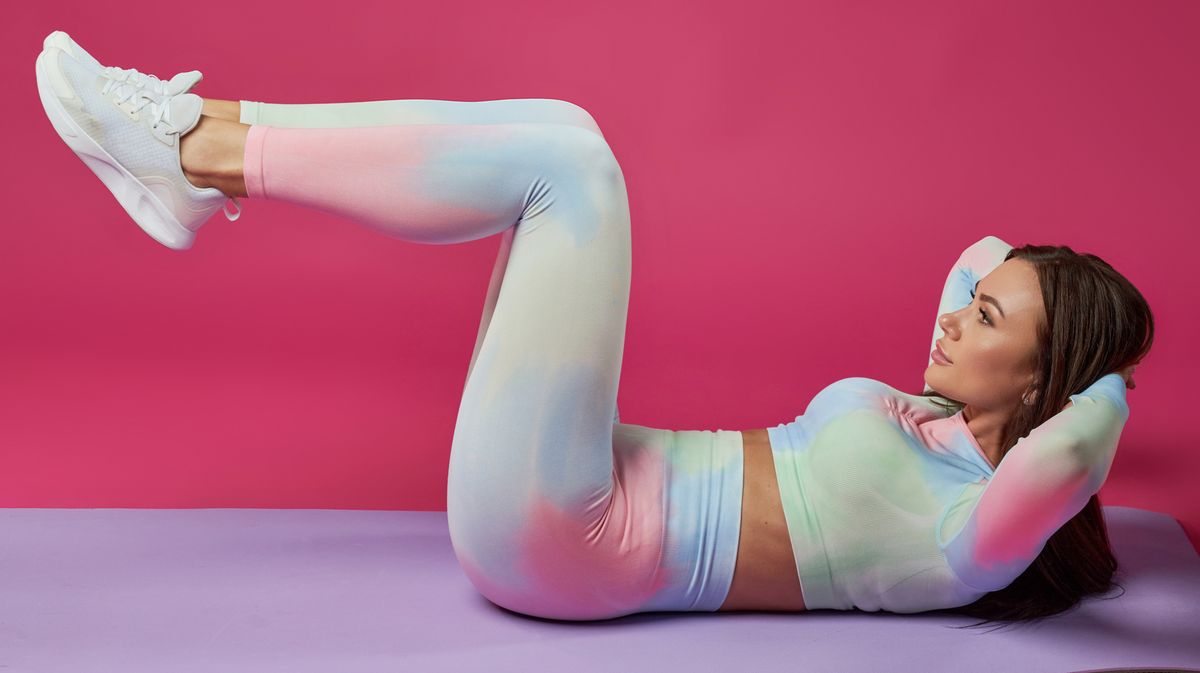
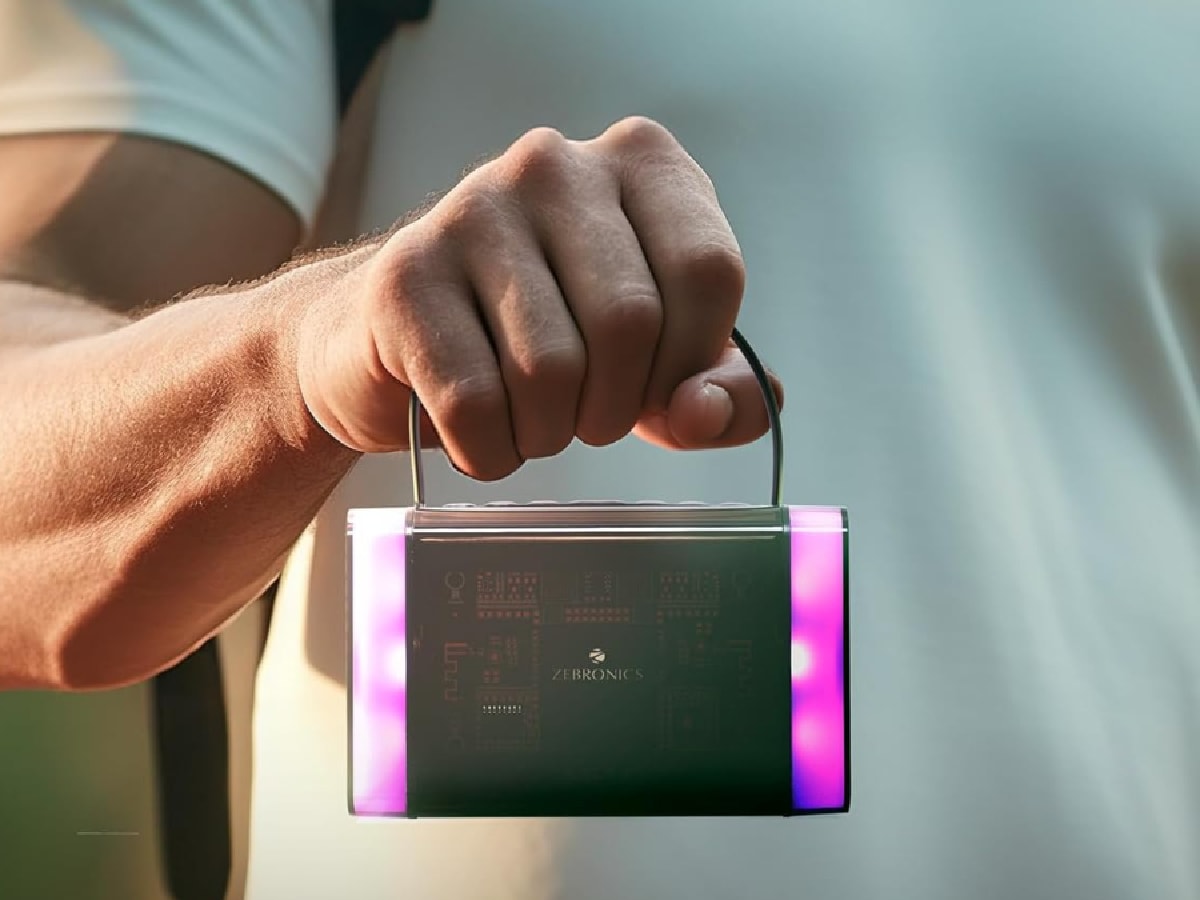

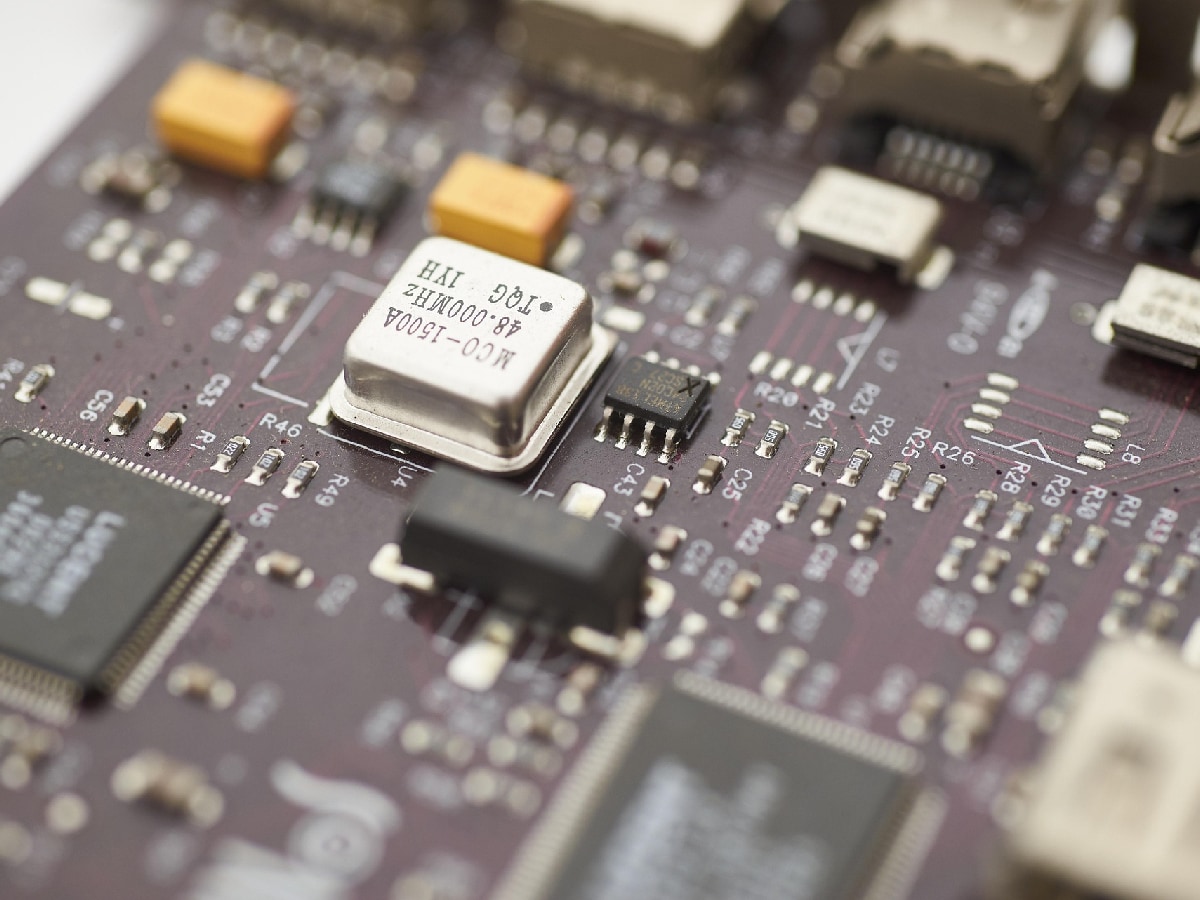










 English (US) ·
English (US) ·